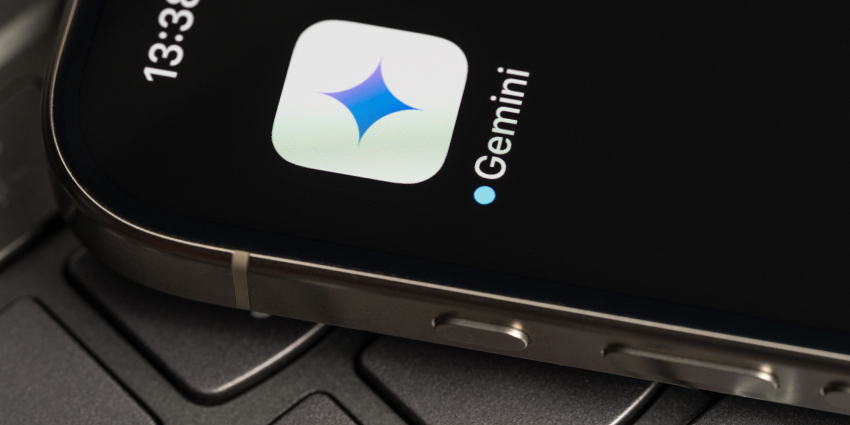Google has signed the “world’s first” corporate purchase agreement for nuclear energy to power its artificial intelligence data centres.
- Microsoft, Google, and Amazon Sign EU’s AI Safety Pact
- What is Google Gemini? Everything You Need to Know
- Global PC Shipments Down Despite AI PC Availability – Gartner
Specifically, Google has ordered multiple small modular reactors (SMRs) from the reactor developer Kairos Power, which will collectively produce up to 500 megawatts of electricity.
Michael Terrell, Senior Director for Energy and Climate at Google, announced in a Google blog post that the “initial phase of work” would see Kairos Power’s first SMR up and running by 2030, with further reactor deployments becoming operational up until 2035.
Terrell explains why Google has decided to turn to nuclear power: “This agreement is part of our efforts to develop and commercialise a broad portfolio of advanced clean electricity technologies to power our global data centres and offices.”
“This approach will complement our use of variable renewables, like solar and wind, and help us reach our ambitious 24/7 carbon-free energy and net-zero goals.”
The next generation of advanced nuclear reactors offers a new pathway to accelerate nuclear deployment thanks to their simplified design and robust, inherent safety.”
“The smaller size and modular design can reduce construction timelines, allow deployment in more places, and make the final project delivery more predictable.”
Benefits of Nuclear Power
Terrell pointed to the potential economic benefits of investing in advanced nuclear technology for communities in the US.
He also shared the US Department of Energy’s findings that nuclear power has the greatest impact on the economy compared to all other sources of power and results in “high-paying, long-term jobs”.
The US agency has estimated that achieving 200 gigawatts of advanced nuclear energy by 2050 will equate to an extra 375,000 workers.
The grid, Terrell explains, requires new sources of electricity to power AI technologies that are, in turn, powering scientific innovation, business services, national competitiveness, and economic growth.
Not only does this agreement help to meet these energy needs, but it also does it using clean and carbon-free energy, which delivers ‘round-the-clock’ power.
By advancing the use of nuclear power sources, it will assist in the “decarbonisation” of electricity grids worldwide.
Kairos Power
Terrell offered a view into the workings of Kairos Power’s technology: “Kairos Power’s technology uses a molten-salt cooling system, combined with a ceramic, pebble-type fuel, to efficiently transport heat to a steam turbine to generate power.
“This passively safe system allows the reactor to operate at low pressure, enabling a simpler, more affordable nuclear reactor design.”
Using an iterative development approach, Kairos Power will complete multiple successive hardware demonstrations ahead of its first commercial plant.”
“This will enable critical learnings and efficiency improvements that accelerate reactor deployments, as well as greater cost certainty for Google and other customers.”
Kairos Power has already deployed its first power-producing reactor and made headway with its “Hermes” non-powered demo reactor in Tennessee, which is the first US advanced reactor project to be given a construction permit from the US Nuclear Regulatory Commission.








